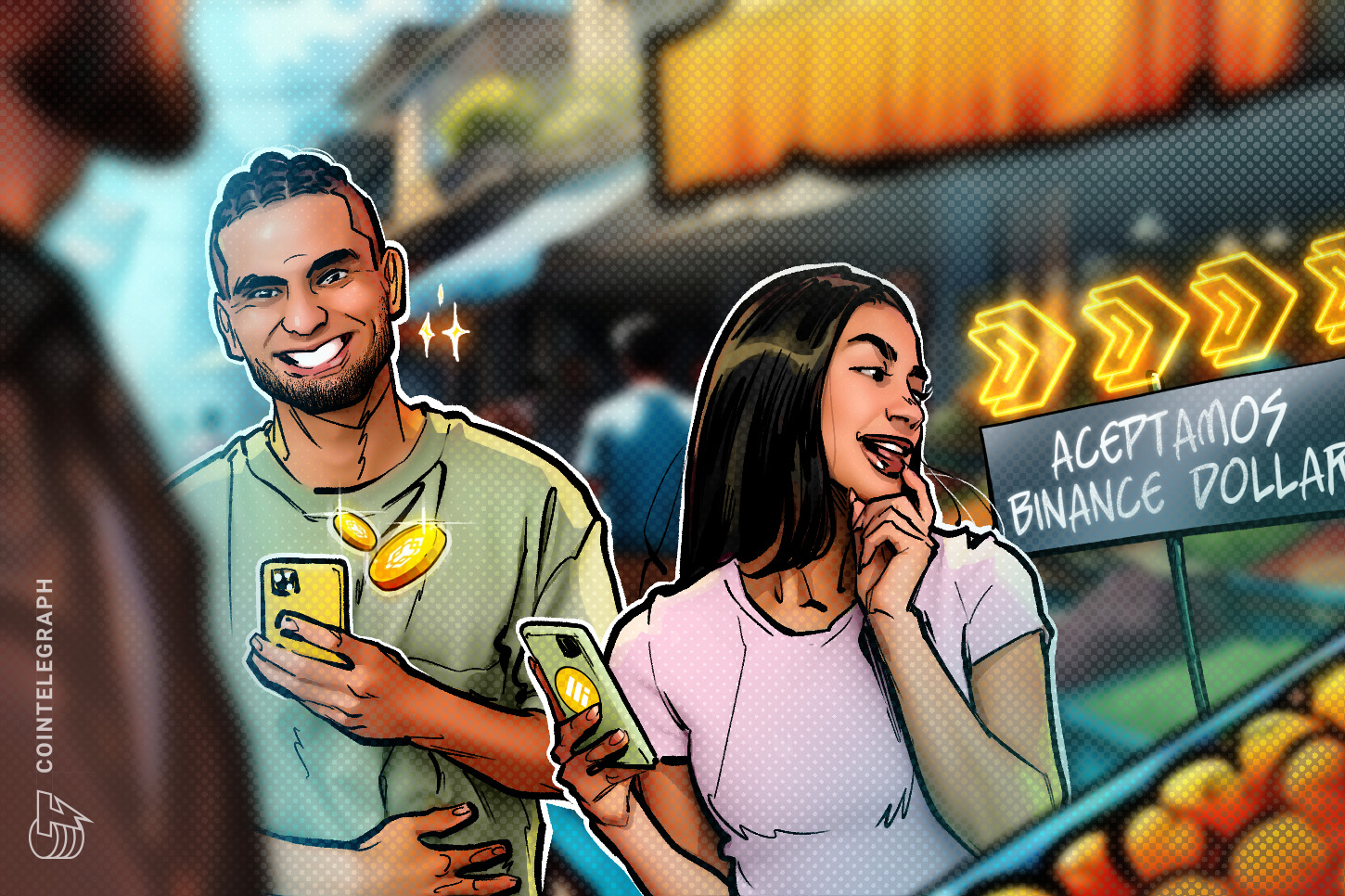
Key Points:
- Venezuela experiences a staggering 229% inflation, with daily prices in USDT or ‘Binance dollars’, generally at P2P rates.
- Prices in shops are commonly based on three dollar references: the official rate, the parallel rate, and the P2P rate that most merchants utilize.
- Although the Venezuelan government allows dollar-denominated cryptocurrency exchanges, it has not formally legalized dollarization.
- Venezuela ranks as a vital hub for crypto, where stablecoins, particularly TRC-20 USDT, dominate small transactions.
In Caracas, receipts increasingly reflect totals in ‘Binance dollars’ as transactions shift from the bolívar to blockchain platforms. Amidst hyperinflation exceeding 229% as of May 2025, prices are pegged to the central bank’s exchange rate, the ‘dólar negro’ rate, and the more widely accepted Tether USDt (USDT) P2P rate. Significant discrepancies among these rates persist due to liquidity issues and capital controls.
To circumvent the necessity of frequent pricing updates in bolívars, merchants have adopted USDT for quotes, payments, and final settlements. Essentially, this approach mimics dollarization but is anchored in stablecoin transactions rather than cash.
Understanding ‘Binance Dollars’
In local terms, ‘dólares Binance’ refers to USDT used for pricing and transactions based on P2P market rates, notably via Binance P2P. For various services, this rate serves as both the reference price and payment mechanism. While alternatives such as OTC desks exist, the liquidity of USDT ensures that this practice remains predominant. Transactions are generally carried out on Tron (TRC-20) network, which incurs minimal fees, providing widespread access to digital dollars compared to the rarity of physical cash, especially useful for frequent small payments.
The Replacement of Cash by USDT in Venezuela
Three main factors have pushed Venezuelan commerce onto blockchain platforms:
- Inflation surged to approximately 26% month-on-month in May 2025, averaging above 200% annually. This made pricing in bolívars practically impossible, requiring constant adjustments in pricing displays.
- The depreciation of the bolívar has stressed the gap between the official exchange and street prices, prompting merchants to seek greater pricing stability.
- The shortage of physical US dollars—an outcome of sanctions and limited cash flow—has made digital dollars like USDT a more viable option for transactions.
Authorities have gradually become more lenient towards cryptocurrency exchanges involving dollar-denominated assets to facilitate market operations, signifying an implicit tolerance rather than formal acceptance of dollarization.
Venezuela leads in grassroots crypto adoption, with stablecoins steadily comprising a significant portion of everyday transactions. The share of transactions under $10,000 that involve stablecoins reached about 47% in 2024, pointing towards USDT’s role in pricing and settlement for both households and small to medium-sized businesses.
Practical Use of USDT
Households utilize USDT to manage expenses such as grocery bills, condominium fees, and rent, while smaller businesses frequently restock inventories priced in US dollars. Employers in retail areas may pay bonuses or portions of salaries in USDT to preserve purchasing power, even as larger firms still reference the central bank for formal accounting despite leaning towards P2P transactions for practicality.
Risks and Mitigations
This shift comes with inherent challenges, including:
- Rate Risk: Fluctuations in P2P prices can create discrepancies in transactions; certain strategies like timestamped invoices and immediate payment settlements help mitigate this.
- Security Risks: Issues like phone theft and seed-phrase loss are prevalent; users adopt various protective measures such as biometric locks and secure backups.
- Regulatory Ambiguity: As authorities penalize quoting the parallel rate, businesses have to navigate this gray area carefully.
The Trend of Digital Dollars
Venezuela is on a path to informal dollarization through cryptocurrencies. Unlike prior phases when cash dollars dominated, the primary currency unit and liquidity now largely derive from stablecoins like USDT without a change in official currency laws. This opportunity is mirrored in other high-inflation countries where stablecoins facilitate daily commerce and remittances, providing dollar-backed transactions easily through popular wallet and P2P networks, fulfilling the needs of everyday consumers and businesses.


